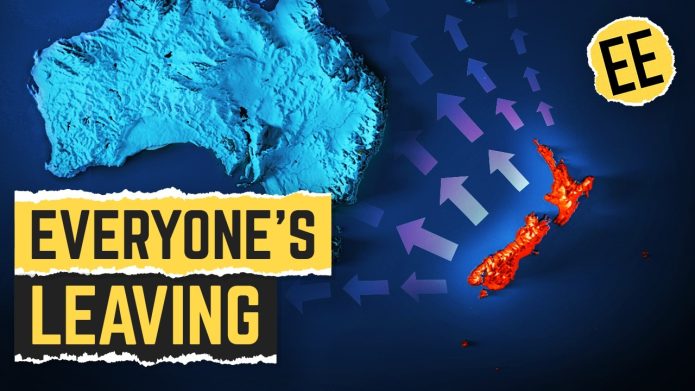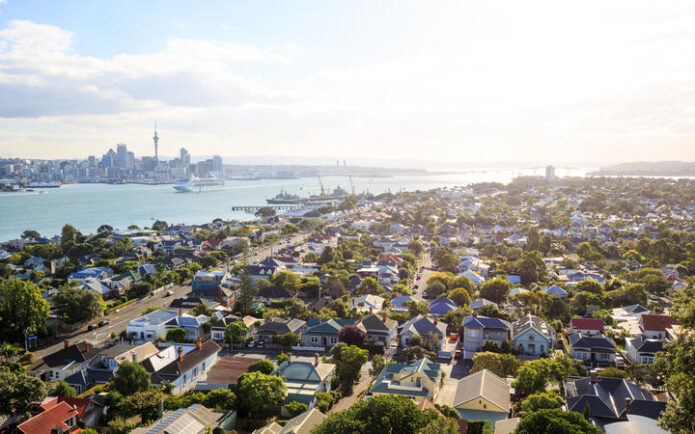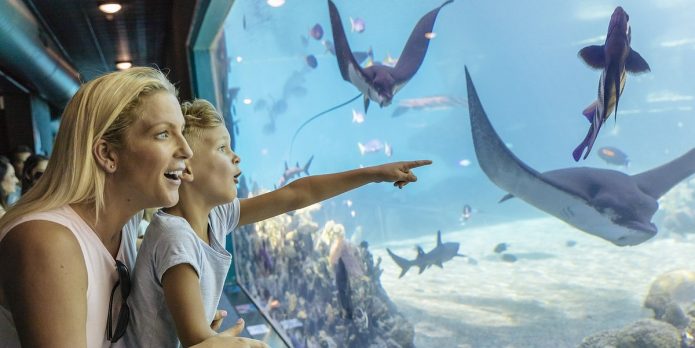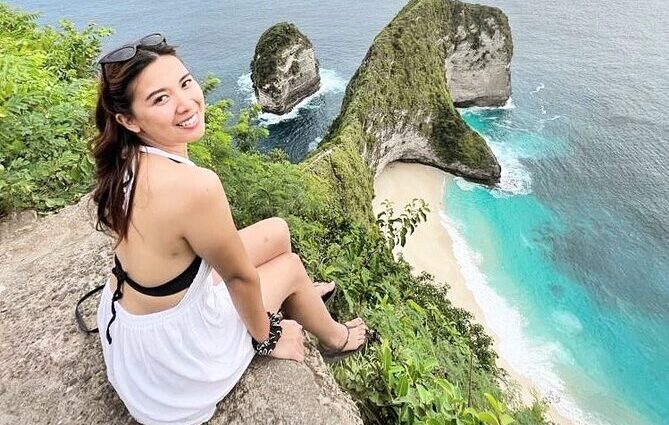PHOTO: Nusa Penida. VIATOR
Five tourist deaths in one month in a spot that’s one of the ‘most instagrammed’ in Bali has reignited a fear that the island paradise is cursed.
For centuries, the Balinese steered clear of Nusa Penida, a mountainous island 20km southwest of the mainland.
It’s believed to be the home of Mecaling, Bali’s demon king, his invisible army of demons and islanders who practised black magic to appease them.
European mariners were also apprehensive, evidenced by the skull and crossbones symbols that mark Nusa Penida on old maps.
Nusa Penida’s image changed completely in 2012 when National Geographic published an article describing it “a biological and cultural treasure, basically immune from all the trappings of Western culture.”
This coincided with the meteoric rise of Instagram.
The island’s towering sea cliffs, bountiful marine life and sugar-white beaches made fantastic fodder for the app, attracting thousands of tourists every day. Nusa Penida’s Kelingking Beach, which features cliffs that resembled a Tyrannosaurus Rex, is the most instagrammed beach in the world per square metre of sand, according to an analysis of 26 million Instagram hashtags by Money.co.uk. Bondi Beach came in second.
However, Nusa Penida continues to live up to its reputation as an accursed place in that it kills and injures a disproportionately large number of visitors. In the past month, five foreign tourists lost their lives on the island.
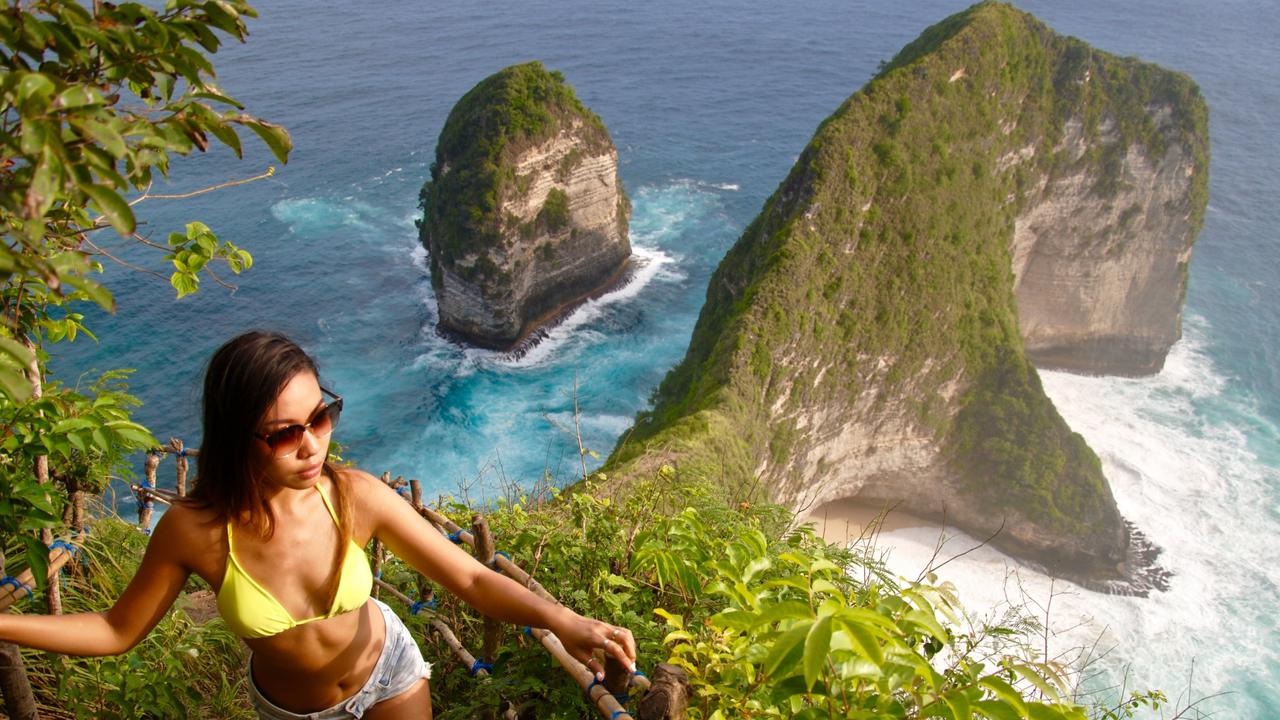
Instagrammable Nusa Penida continues to live up to its reputation as an accursed place. Picture: Supplied.
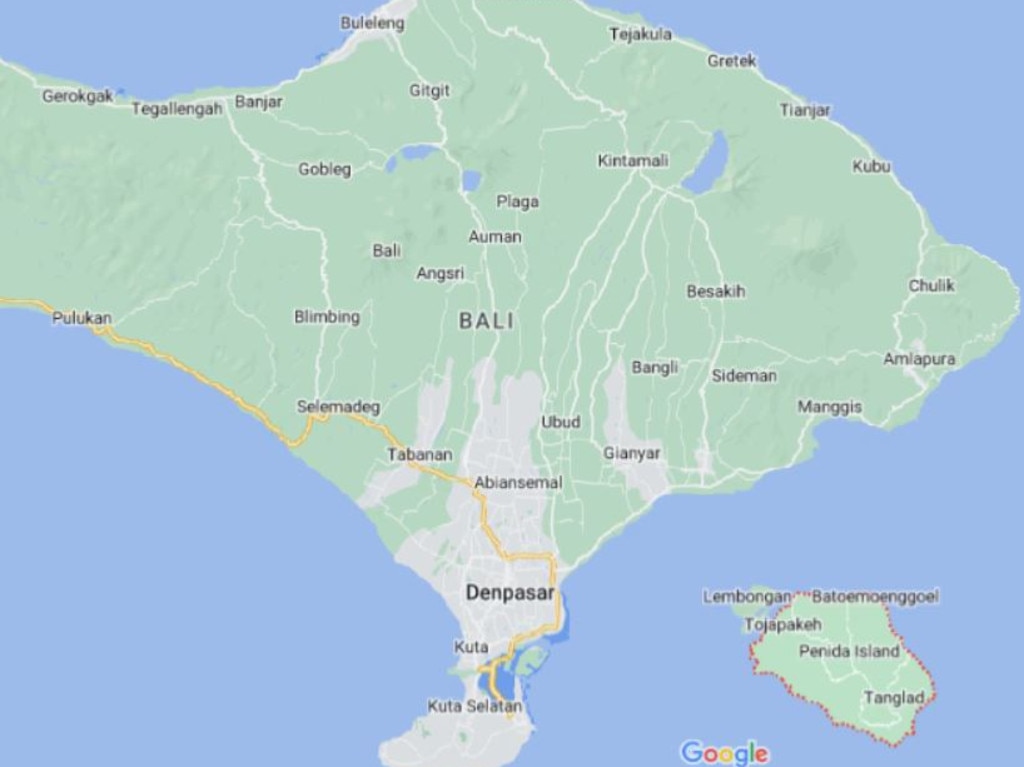
Nusa Penida is located to the southeast of Bali’s mainland. Picture: Google Maps
The most recent fatality, 26-year-old Indian tourist Vamshi Krisha Ramuni, was pulled out of the water in an unresponsive state after snorkelling at Manta Bay, a popular dive site, on January 22. His cause of death has not been determined.
On the same day, 27-year-old French tourist Lancelot Aurelien Sper was swept out to sea after he ignored a no swimming sign at Kelingking Beach. He was saved by a search and rescue team but broke his hip.
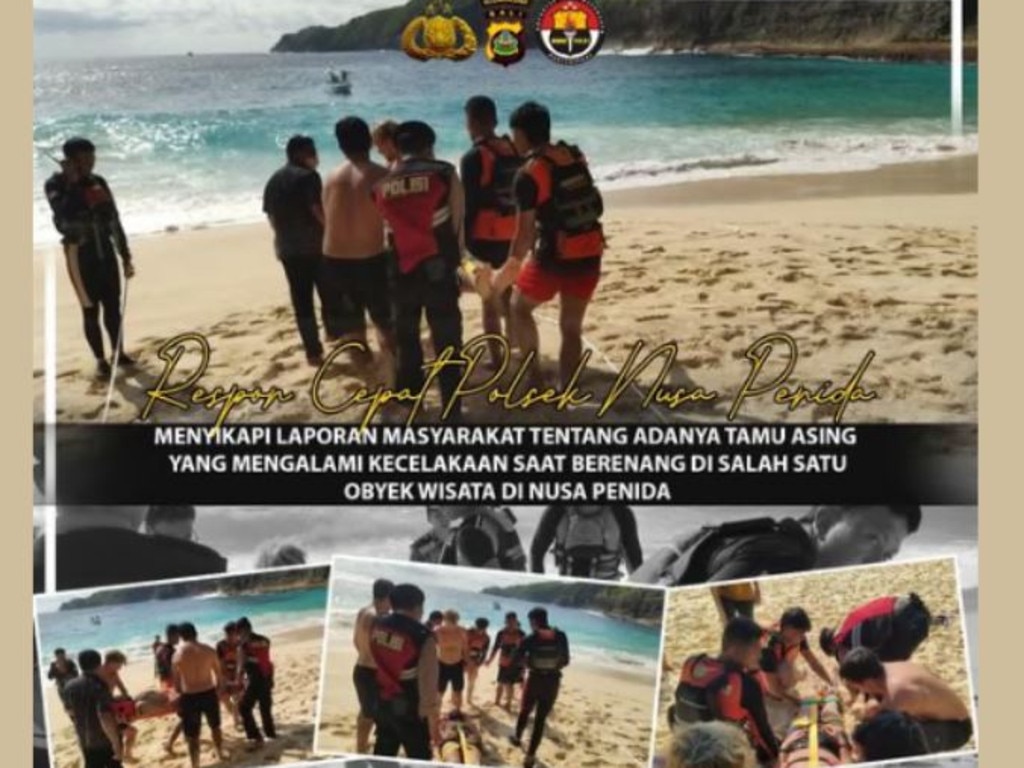
The rescue of Lancelot Aurelien Sper. Picture: Polres Klungkung/Facebook
The day before, a 32-year-old Russian tourist identified by the initial M dislocated her shoulder when she was smashed by a rogue wave while walking on Kelingking Beach.
And the day before that, January 20, 53-year-old British national Nicholas Yates was found dead in his hotel room in Nusa Penida after complaining of headaches and vomiting the night before. Police are investigating the matter.
On January 4, 28 tourists were left traumatised and lost all their belongings including passports when a speedboat ferrying them from the Balinese port of Sanur to Nusa Penida capsized in rough seas. Fortunately, they were all rescued.
https://www.instagram.com/p/Cn66EJkvn3k/?utm_source=ig_web_copy_link
One day earlier, Yury Chernyavskiy from Germany and Matthias Mittringer of Austria were swept by waves off Diamond Beach after rescuing another tourist. They are still missing.
And less than a week before that incident on Dec 27, a Malaysian national identified by the initials NJ was found dead after helping two other tourists who were struggling against dangerous undercurrents at Nusa Penida’s Diamond Beach.

German Yury Chernyavskiy is missing after being swept away by waves. Picture: Supplied / GoFundMe
On November 21, 27-year-old Indonesian tourist Alvalino Kesanda fell 40 metres from a cliff while posing for photos at Nusa Penida. Despite landing on rocks and breaking a leg, Kesanda survived the fall and was rescued.
READ MORE VIA NEWS.COM.AU
MOST POPULAR
- Real estate industry LEGEND will be sadly missed
- Claims about Jacinda Ardern’s wealth
- Jacinda promised 100,000 affordable homes: Five years in and only 1365 have been built
- Farmer writes massive ‘end of an error’ sign in paddock after Ardern resigns
- ‘SERIOUS TROUBLE’: Huge mortgage change coming for Aussies
- Grand Designs New Zealand | Medieval Castle – WATCH
- A HUTT boy set to become NZ’s next Prime Minister
- THE ANCIENT STONE CITY: Proof of NZ civilisation before Kupe
- Real estate agent acted recklessly hugging and kissing a buyer
- Builder escapes jail term by ‘slim margin’

